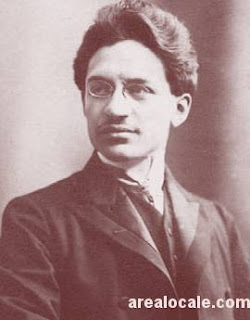Quick and effective piano sight reading technique...
 |
| Digital score stands at WKMT |
The Sight reading mechanism depends on an acquired sense of in-keyboard
location that works in relation to the musical intervals.
It is paramount for the performer to get detached from the
single-note-identification-procedure and move into a more relativistic reading
which tries and browses through the distances between notes (called movements
from now on) and the way in which each hand interacts with each other (motions). Assessing these two variables along with the
duration of each note is all the performer needs to be able to follow the score
on time.
The key of this method consists in building an effective
bridge linking the intervallic relationships we find in the score with the
sounds we recreate on our mind and the way we perform them without directly
staring at the keyboard.
The first step towards mastering this skill is to go thoroughly
through the different intervallic configurations we can find in the scores.
The skips for instance, present themselves in a wide variety
of forms but to explain them properly we need to understand with precision term
“field” which refers to whether the notes are located on a line or on a blank.
The skips are going to be assessed in relation to whether they go from the same
kind of field to another one or the same one.
The common skips are:
·
The 3rd: This one presents when we
move from a field to the next one of the same kind skipping one.
·
The 4th: This one presents when we
move from a field to another one of a different kind leaving a couple of
alternated ones in the middle
·
The 5th: This presents when we move
from a field to another one of the same kind leaving one of the same kind
framed by two opposite ones in between starting and ending note.
In some occasions the skips can be related to the amount of
fingers we left inactive when performing them but they always always relate to
a certain distance which is the key feature to be learnt. These distances will change slightly
depending on the number of accidental notes involved in the intervals but in
general they will be consistent enough for us to apply any necessary adjustments
that secure the targeting. These stretching changes come more from the
key-signature-awareness than from any other form of training.
After just a short training, most of my students can face
the challenges of reading scores in a solid way, consistent with the contents in
the score. This along with some little discipline and continuity allows them to
start grasping from the very beginning the pleasure of develop into independent
and introspective amateur and professional musicians.

Comments
Post a Comment